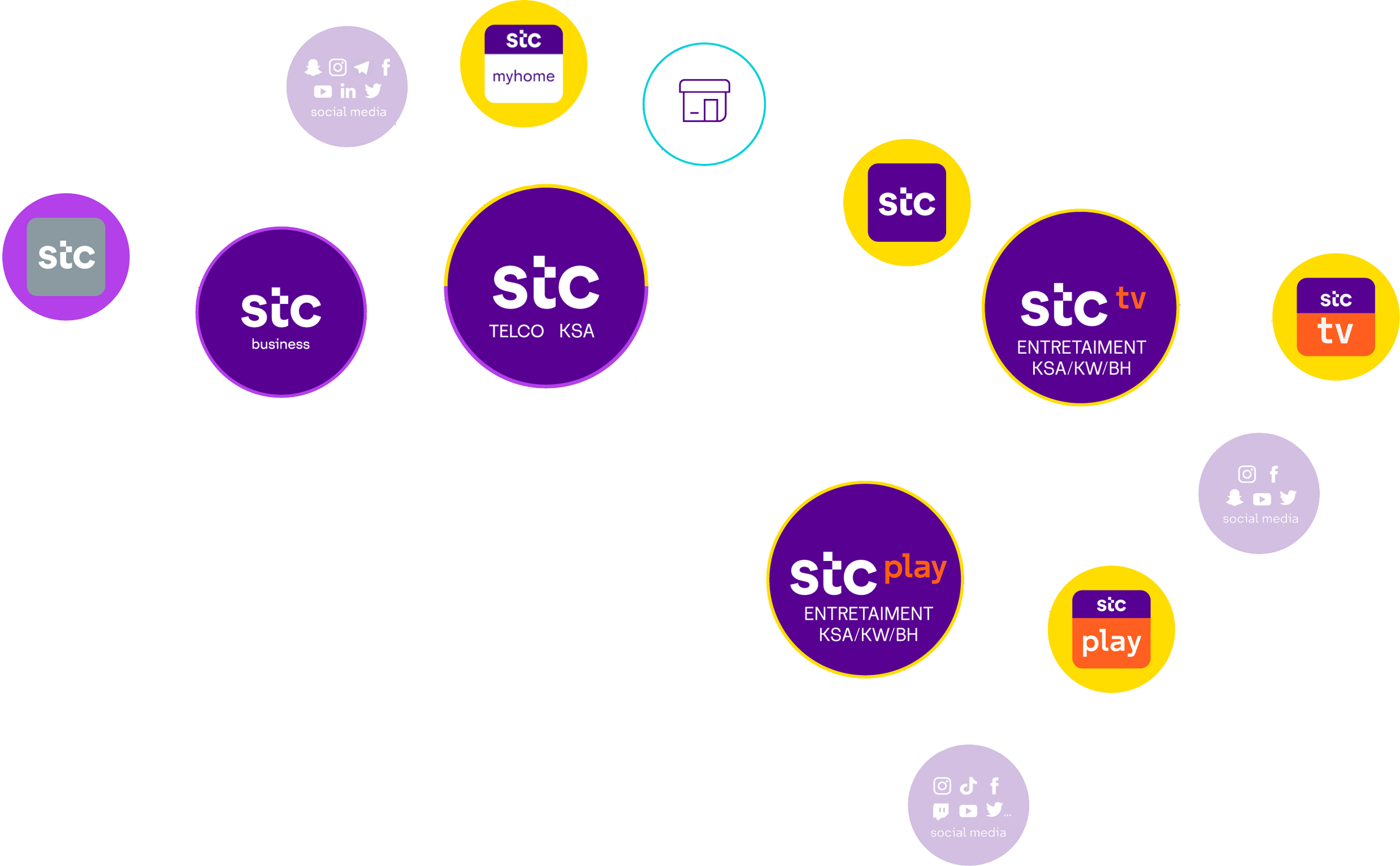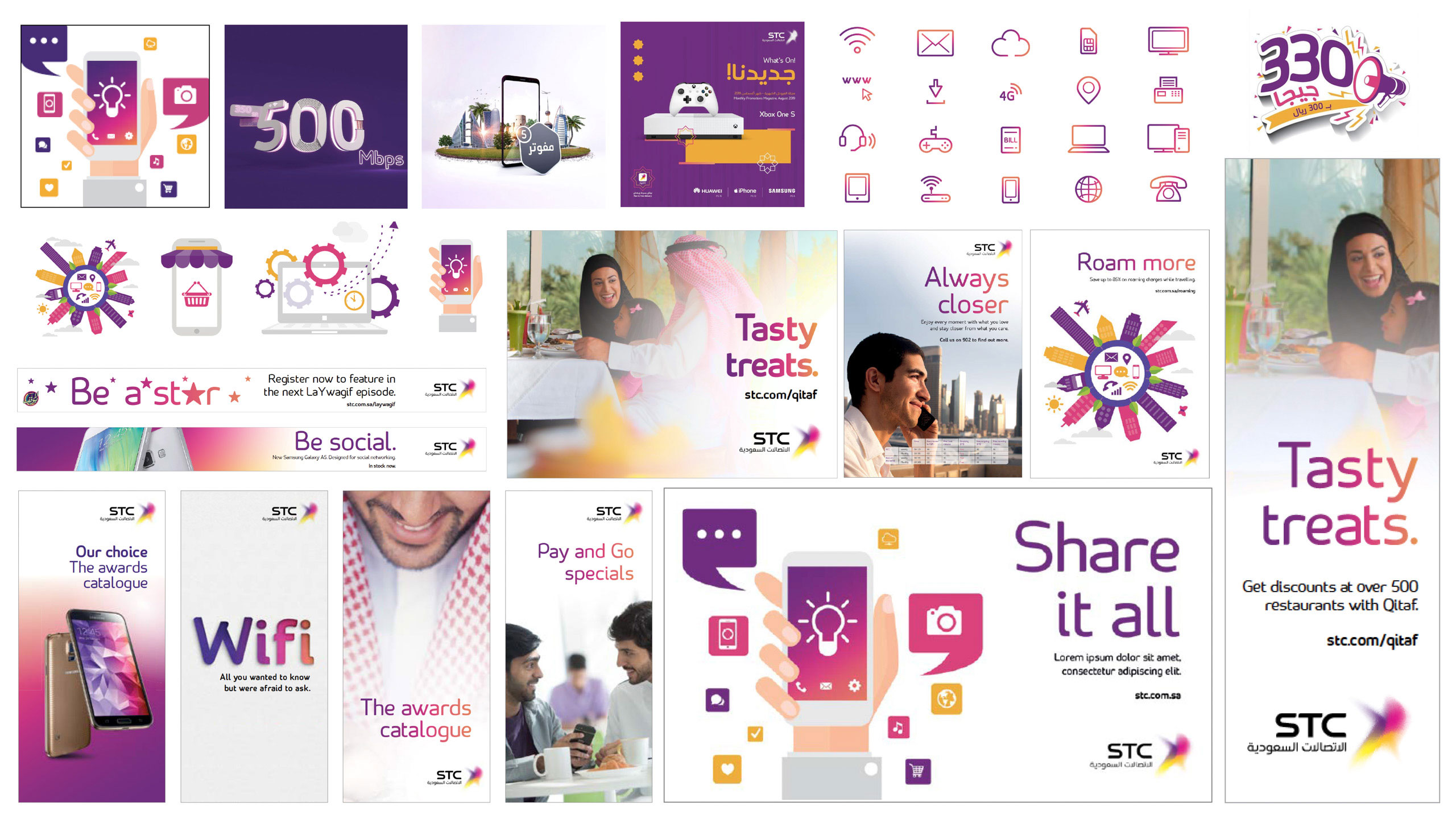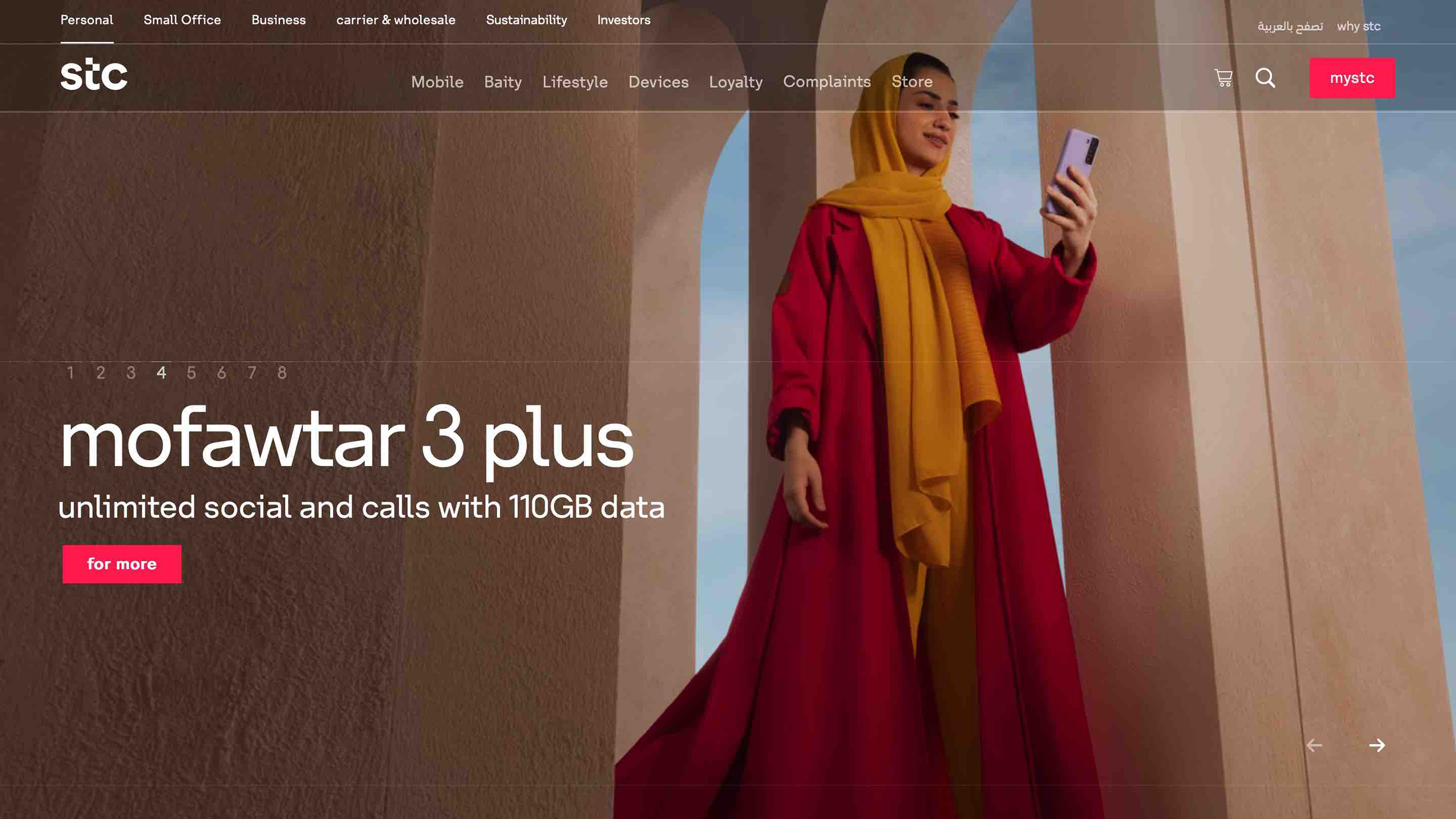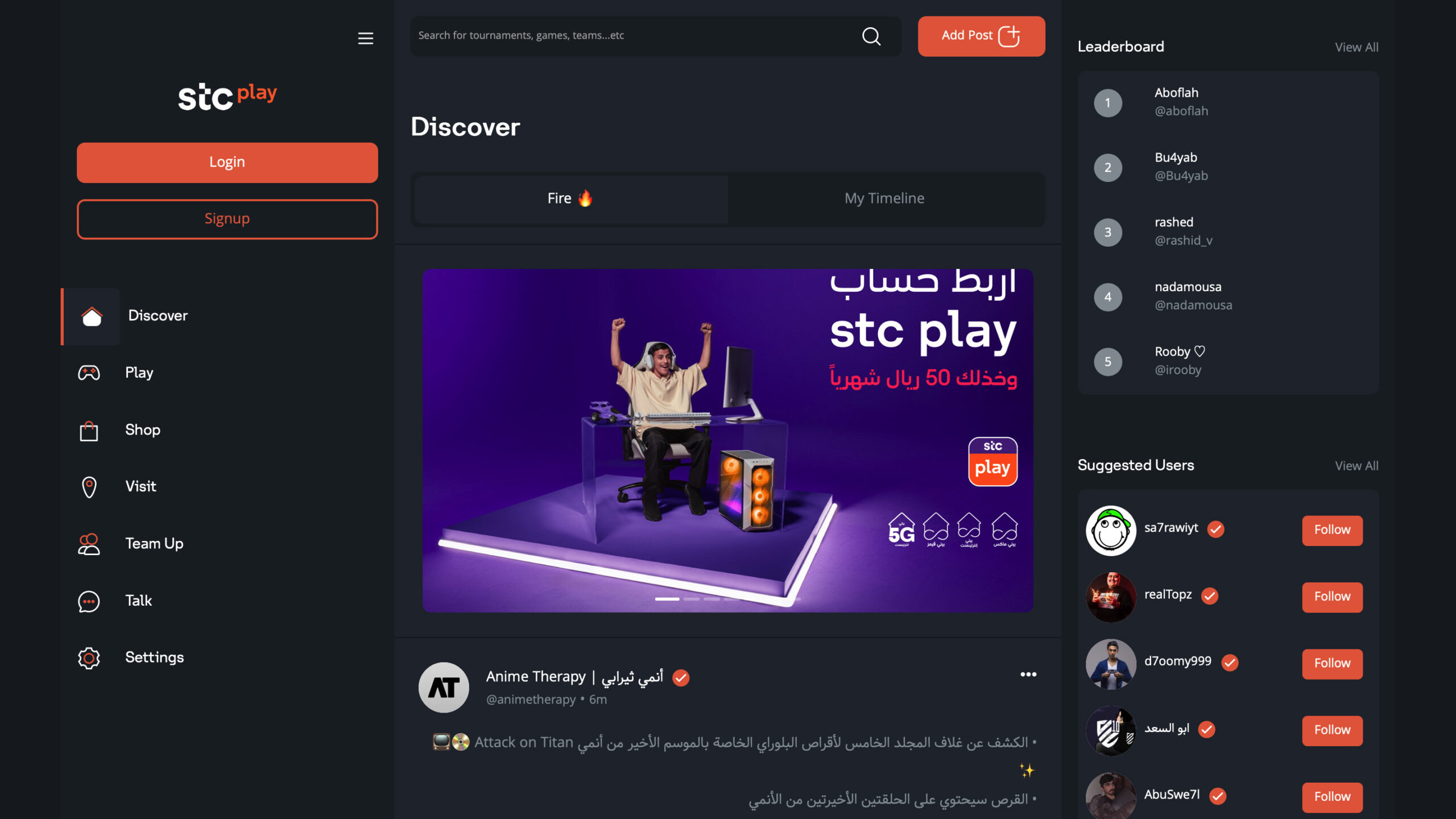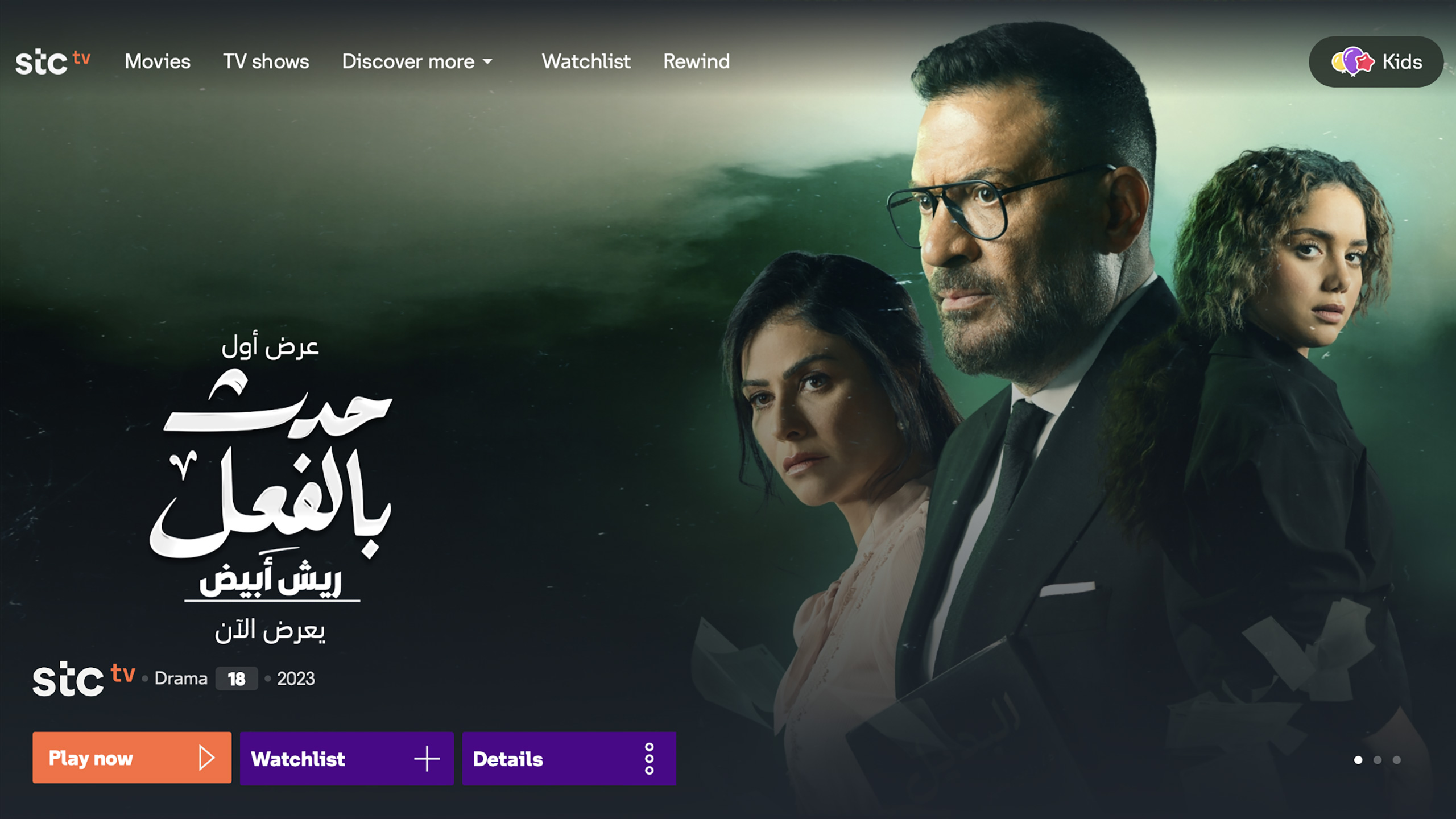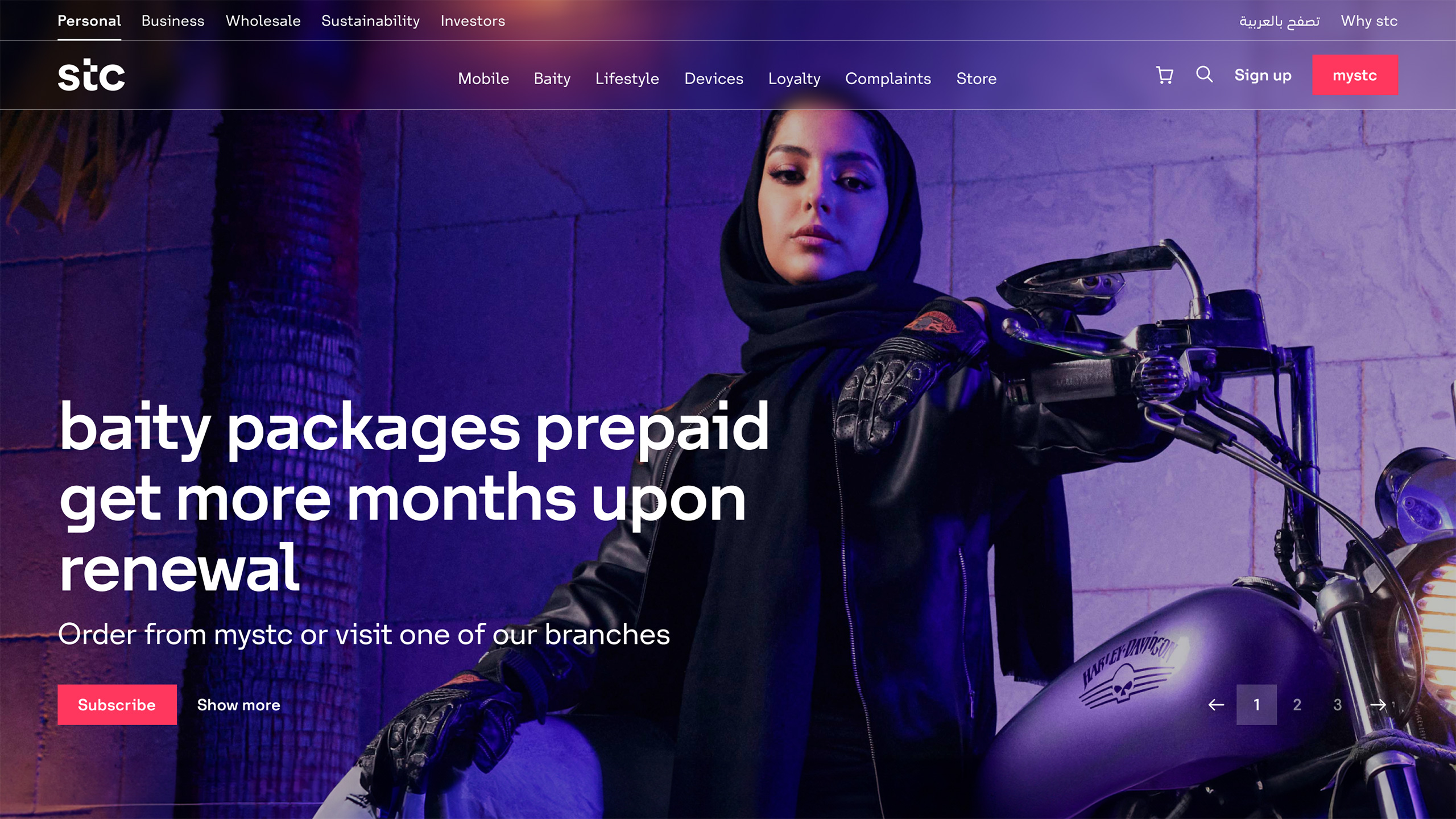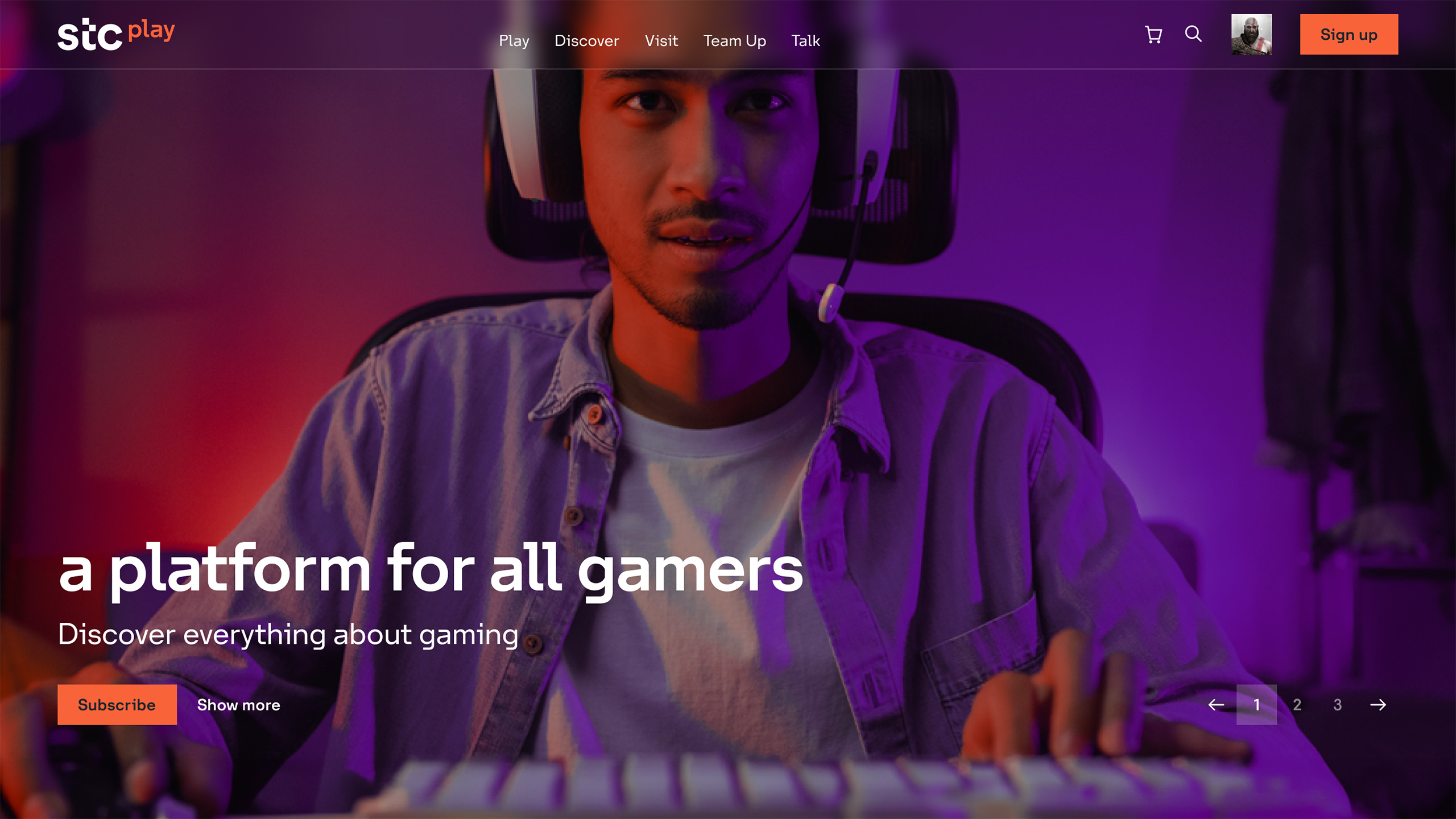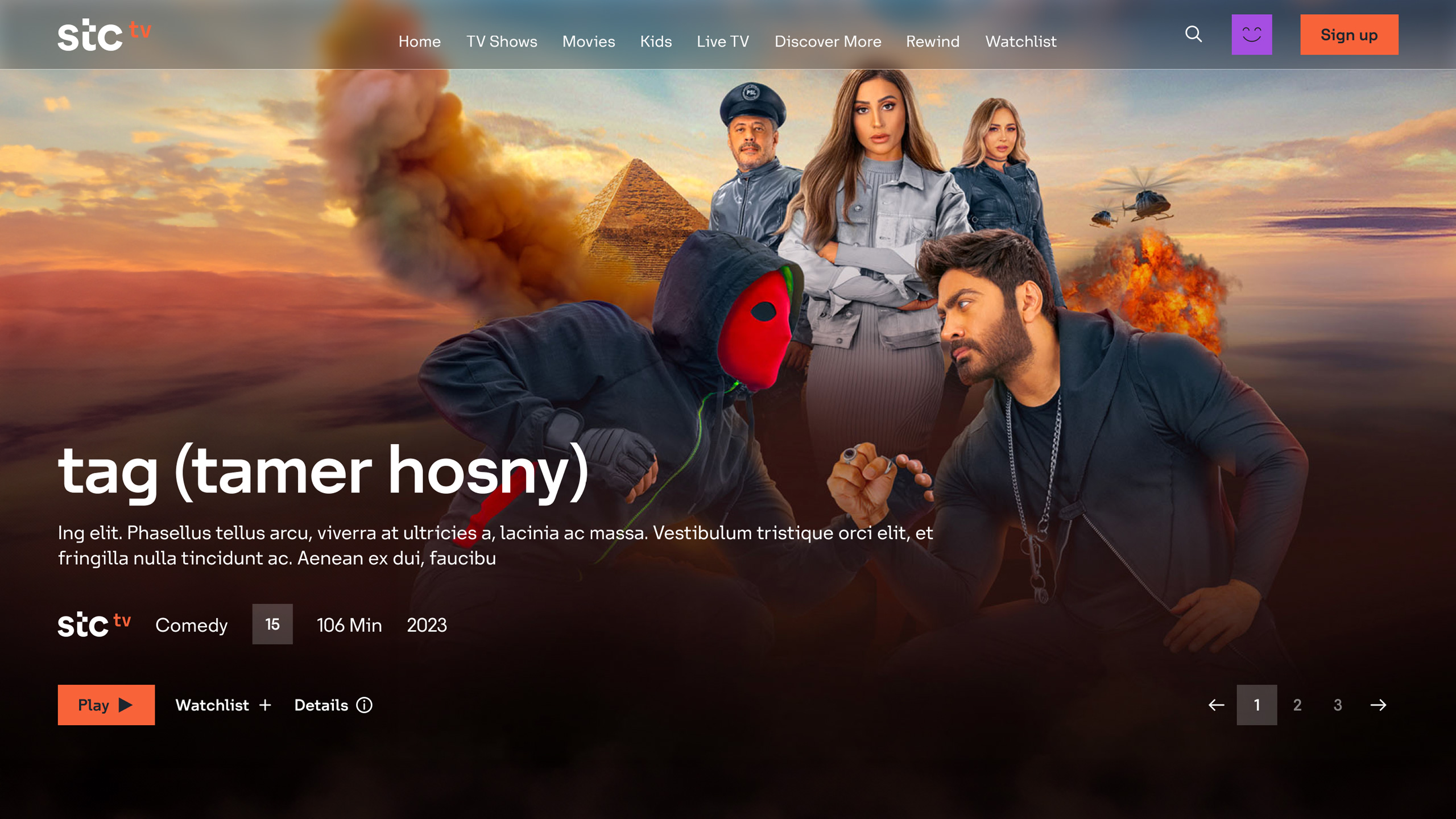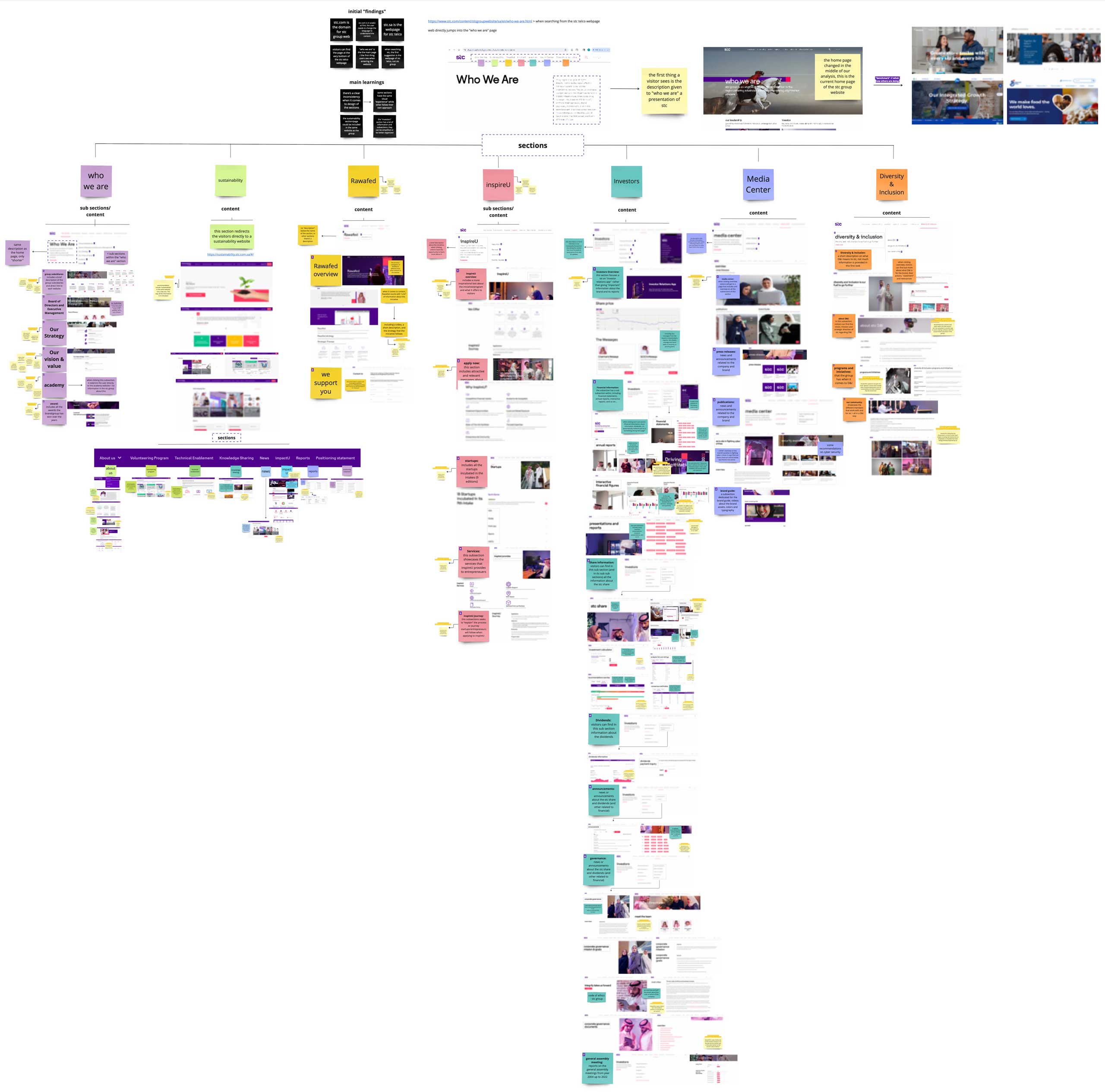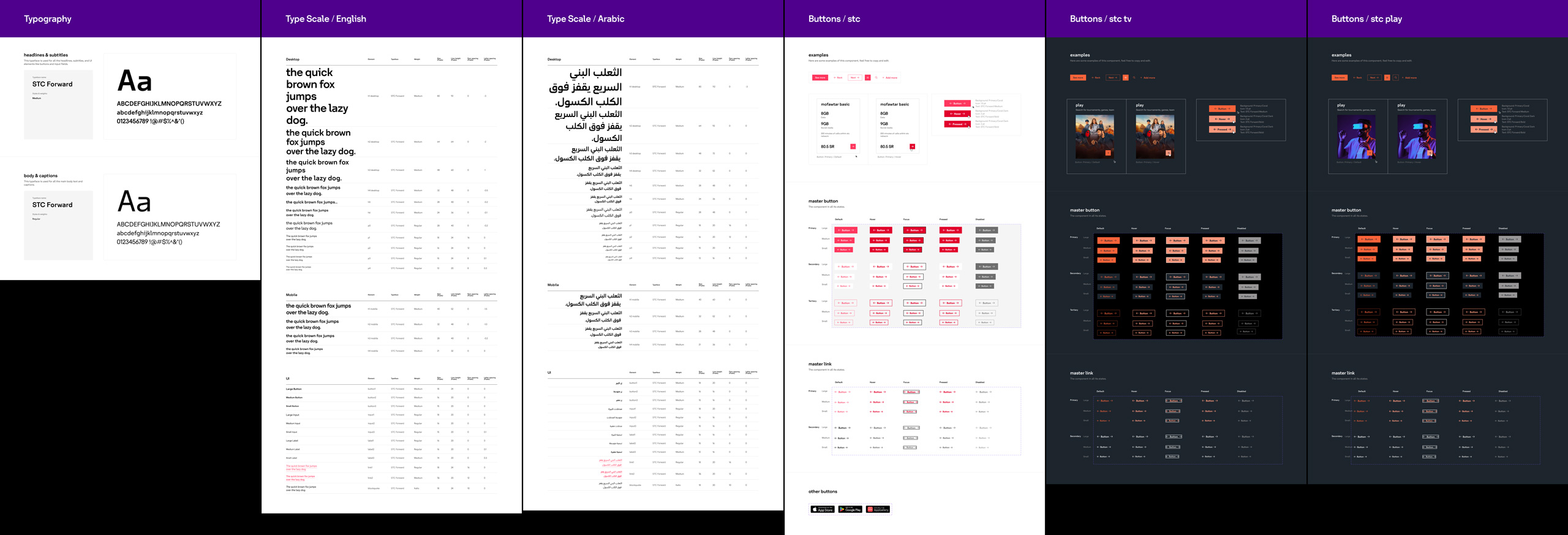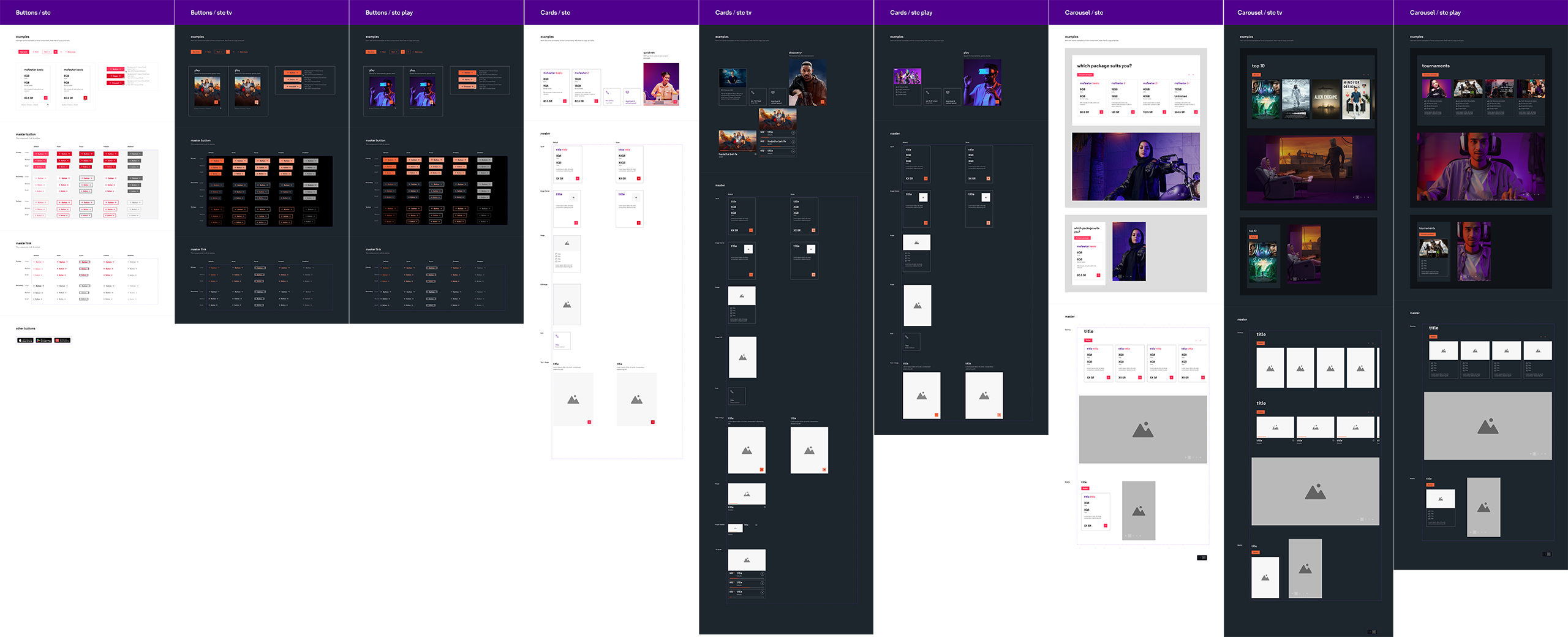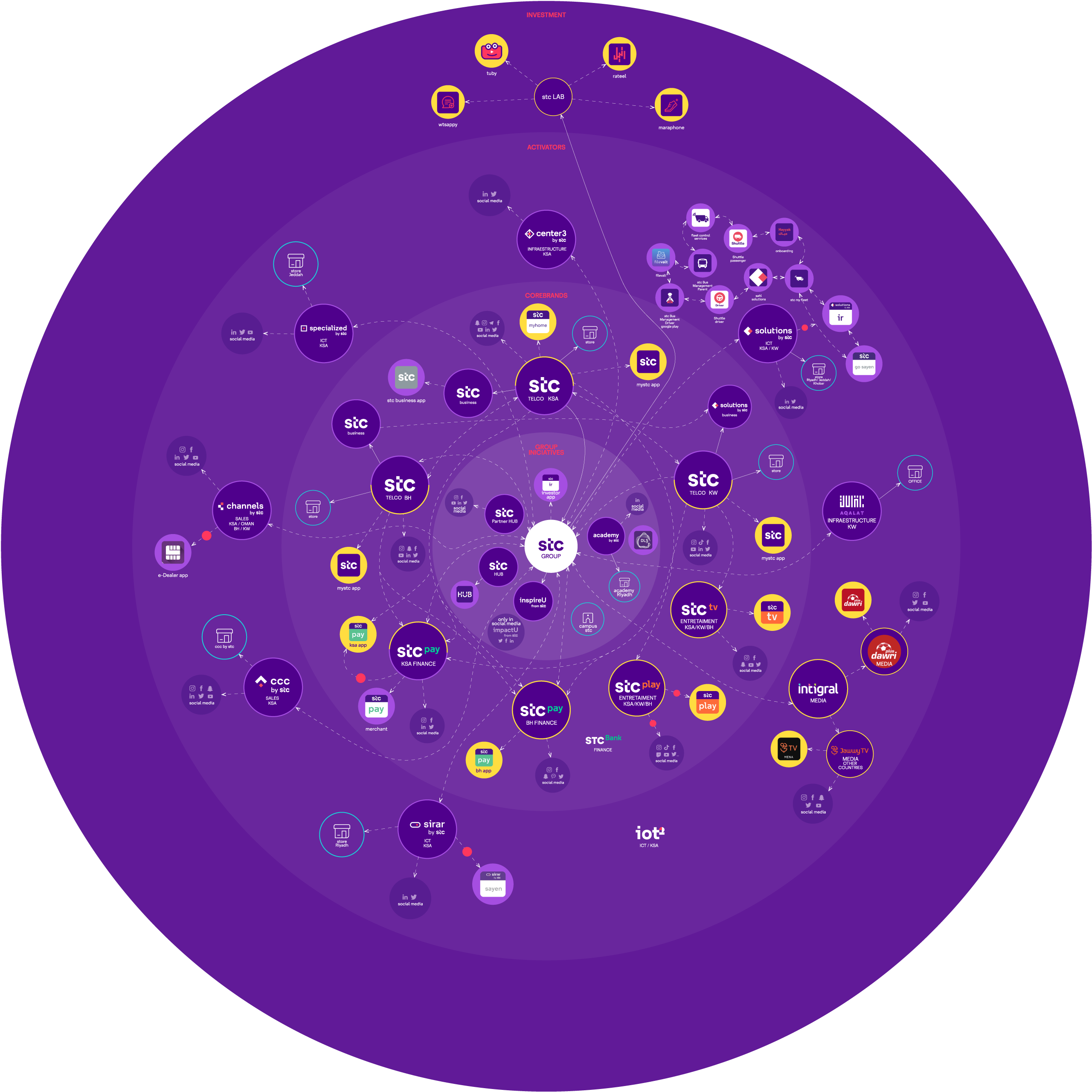SAUDI TELECOM COMPANY
From Silos to System
Designing the Operating System for a Telecom Empire
Client: STC Group (Saudi Telecom Company), Saudi Arabia
Agency: Interbrand Madrid
My Role: Service & Experience Design Director
Scope: CX Strategy, UX/UI System Design, Design Ops, Governance
Engagement Type: Agency-led engagement, direct leadership of design system transformation
In Brief
- STC’s growth was fast, but the experience fell apart.
- No shared system meant teams kept building in the dark.
- We turned brand purpose into components, and components into shared practice.
- The design system became the core engine for scale.
- STC now builds with speed, clarity, and consistency across 100+ platforms.
1. Challenge
STC’s growth was fast, but the experience fell apart.
STC Group, the Middle East’s largest telecom operator, was rapidly expanding into fintech, media, and digital services; however, this expansion led to fragmentation.
Each new platform added friction, inconsistent journeys, and duplicated systems; teams lacked visibility and governance over the entire experience. I was brought in to bridge the gap between strategy and delivery by unifying systems, patterns, and rules across the group.
2. Insight
No shared system meant teams kept building in the dark.
A unified UX and design system did not exist, and there was no engineering team. Inconsistent delivery occurred across subsidiaries, governance issues arose, teams operated in silos, and vendor standards varied.
All of this created friction and led to repetitive work and brand inconsistency.
“We had great talent, strong platforms, and a bold brand, but no way to connect them. Every team spoke a different language. We weren’t designing an experience. We were just shipping fragments."
Internal Product Lead,
STC Group
Digital experience audit.
STC, STC Play, STC TV, fragmented landing pages (before).
STC, STC Play, STC TV, consistent landing pages (after).
3. Change
We turned brand purpose into components, and components into shared practice.
As the Experience Design Director at Interbrand, I oversaw the design operations and delivery of systems and solutions. I transformed a high-level brand strategy into actionable experience rules, scalable patterns, and governance frameworks for teams to implement.
We mapped the entire digital ecosystem, including every brand, subsidiary, platform, and overlap. We defined a shared experience architecture, developed a modular design system, and established decision-making guidelines to ensure consistent operations and seamless integration.
Component Library spanning 13 brands.
Design Language System 2.0: Core patterns in action.
Live product example: unified experience across STC, STC Play, STC TV
4. Delivery
The design system became the core engine for scale.
We established UI foundations, interaction patterns, and accessibility rules across 13 subsidiaries. We also created a Digital Ecosystem Map to identify experience gaps and facilitated co-creation with internal teams to promote adoption.
Additionally, we developed a playbook to onboard vendors and teams across various platforms. This new operating model design enabled faster decision-making, improved visibility for leadership, and alignment between product, brand, and tech.
30%
faster onboarding
200+
components delivered
Digital Ecosystem Map
as a daily tool
“This gave us a way to move faster without starting from scratch every time.”
Internal Product Owner,
STC Group
5. Impact
STC now builds with speed, clarity, and consistency across 100+ platforms.
The work unified over 100 platforms and touchpoints across 13 subsidiaries, articulated to serve nuances and different interactions, reduced design time by 40%, and provided STC with a way to scale new products without reinventing the system each time.
It gave the organisation clarity and control. One system. One model. One language to scale experience.
Ale
